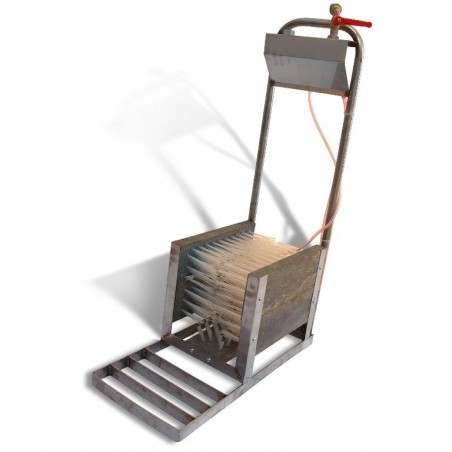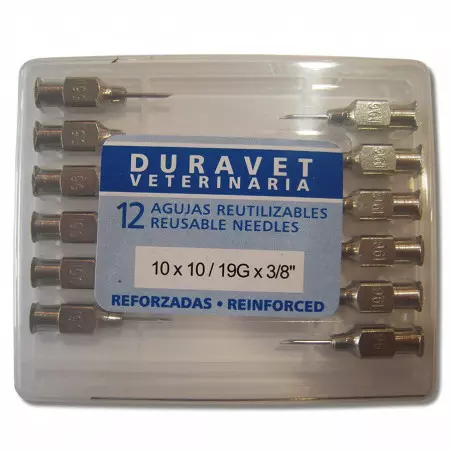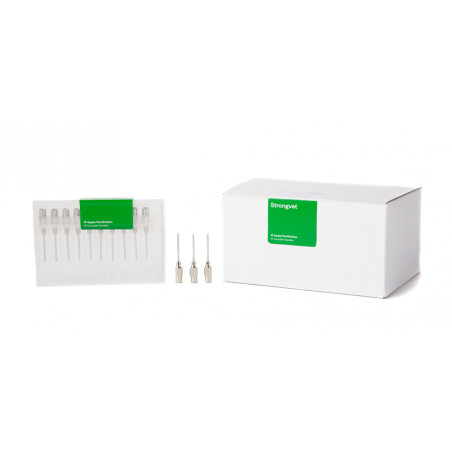Paper
Porcine reproductive and respiratory syndrome virus. Jenny G. Cho, Scott A. Dee. 2006; Theriogenology 66 (2006) 655–662. doi:10.1016/j.theriogenology.2006.04.024

Paper brief
What are they studying?
This review article explains how PRRS virus can be transmitted within and between herds, and proposes intervention strategies to prevent its spread.
How is it done?
As an enveloped virus, PRRSV’s ability to survive outside the host is influenced by temperature, pH and exposure to detergents. It can survive in water for up to 11 days and in swine lagoon effluent for up to 7 days.
Direct routes of PRRSV transmission between pig populations include infected pigs and contaminated semen. In the semen of experimentally infected boars, virus has been detected up to 43 days after infection and viral RNA up to 92 days. Infected piglets that enter the nursery continue to propagate the virus throughout the population by infecting older pigs.
Indirect means of PRRSV transmission between pigs include contamination of clothing and needles.
Proper protocols (showering, changing clothes and boots, downtimes, needle management, and double bagging) have reduced the spread of the virus.
Transport vehicles are another risk factor; infection inside them can be reduced more effectively by a combination of drying and disinfection, but differences in the efficacy of disinfectants have been observed.
Transportation of PRRSV by insects throughout an agricultural area has been reported up to 2.4 km away following contact with an infected pig population. Aerosol transmission may depend upon the virulence of the viral isolate, promoting interest in air filtration as a biosecurity method for reducing the risk of PRRSV aerosol transmission between farms. The role of other animals like birds and mammalians has also been proposed, but none were capable of being mechanical or biological vectors.
An important consideration is to ensure that replacement gilts are properly developed before their introduction to the herd. This involves exposing incoming naïve animals to the farm-specific PRRSV isolate before they join a positive breeding herd in order to reduce seronegative subpopulations. Means of exposure include vaccination as well as serum inoculation, contact with infected animals with clinical symptoms, and feedback of serum or tissues of infected animals from the herd.
What implications does this paper have?
In order to control PRRSV, critical issues must be identified and addressed. Such factors include co-existence of genetically diverse isolates, the existence of naïve breeding herd subpopulations, and improper management of gilt replacement pools.
Several methods of eradication have been effective in eliminating PRRSV from positive herds, including whole herd depopulation/repopulation, test and removal and herd closure.
|
Given that PRRS virus infection can be considered common in areas of high pig density (as seen in a previous article), the idea that biosecurity can do little is widespread. However, given the virus wide genetic diversity, we come across farms that have been struck by more than one PRRS infection —caused by different viruses— over time. For this reason it is necessary, regardless of the herd health status, to implement proper biosecurity. The literature review conducted by the article about our current knowledge of the virus transmission will allow us to establish the main characteristics of the biosecurity program in order for it to be effective against PRRS virus. The first step in the implementation of a disease control protocol is the correct delimitation of the farm area (clean area), contemplating specific entry and exit passageways for people, materials and animals. Additional measures will need to be applied in these entry and exit areas to reduce the risk of infection. External Biosecurity
Internal BiosecurityAs well as external biosecurity (which protects us from the introduction of known or new strains of the virus), internal biosecurity measures must be implemented in positive farms. Internal biosecurity should contain virus spread within the herd, preventing transmission between different batches. To this end, hygienic use of needles and other material (specific for each batch) will be one of the key points.
Virus eradicationPorcine Reproductive and Respiratory Syndrome (PRRS) is one of the major impact diseases in modern pig production, and for this reason different systems have been developed that have proved effective in eradicating the disease: "test and removal" or "herd closure". However, given the ease with which the virus is transmitted in high density areas, these plans should always be considered collectively in these areas, and should not be too ambitious. |












